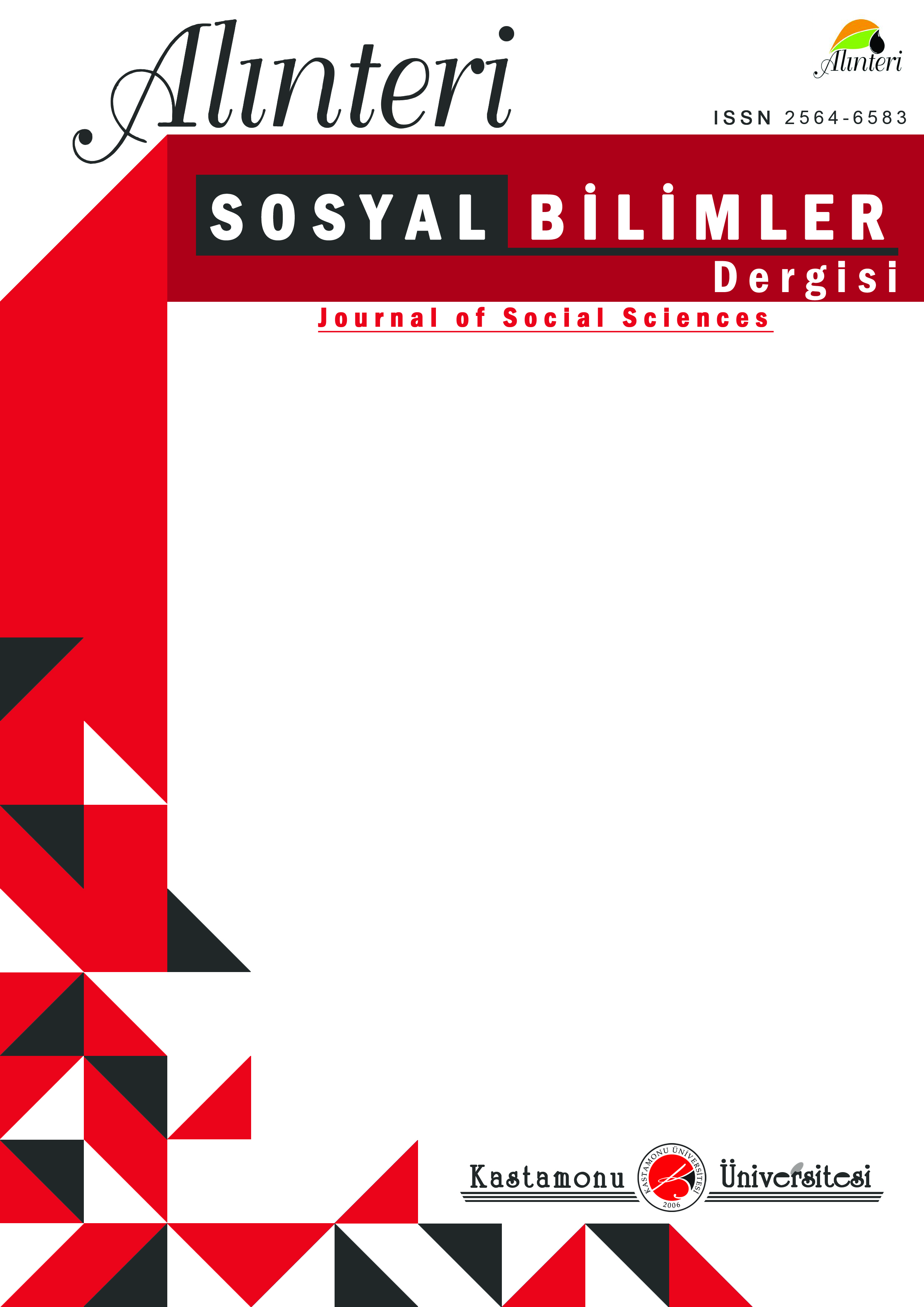XVI. Yüzyılda Diyarbekir Eyaletinde Sınâi Bitkileri Üretimi
The Production of Industrial Plants in the Diyarbekir Province in 16th Century
Author(s): BEHSET KARACA, DURMUŞ VOLKAN KARABOĞASubject(s): History, Social Sciences, Agriculture, Economic history, 16th Century, Socio-Economic Research
Published by: Kastamonu Üniversitesi
Keywords: Economy;Agriculture;Industry;Weaving;Diyarbakır;
Summary/Abstract: Agriculture, together with being the main source of income for pre-industrial societies, constitutes an important branch of economic activity that provides raw materials for industrial activities. In the Ottoman agricultural economy, cotton, sesame, linen, hemp, sumac, isot and olive are among the most important agricultural products whose production is more labor-demanding than cereals. In Diyarbakir Province, stream and creeks in the valley of Euphrates and Dicle Rivers played an advantageous role for the industrial plants. Within the province Amid, Mardin, Ruha, Harput, Mosul had become the main production centers of industrial plants. Cotton for weaving and clothing industry; linen and hemp are indispensable for both the weaving industry and the shipping sector. The sesame oil, which is extracted from sesame, is used in various consumption areas while the olive oil is the main material of the Ottoman soap industry. In particular, the fact that studies on the accretion value of industrial crops to the agricultural economy in the field of Ottoman agriculture economics were not at the desired equality played an effective role in write up of this article. In our article, archival documents were the primary source of exploitation and the subject was also supported with research and investigation type works.
Journal: Alınteri Sosyal Bilimler Dergisi
- Issue Year: 1/2017
- Issue No: 1
- Page Range: 17-33
- Page Count: 17
- Language: Turkish

